#theatre royal haymarket
Explore tagged Tumblr posts
Note

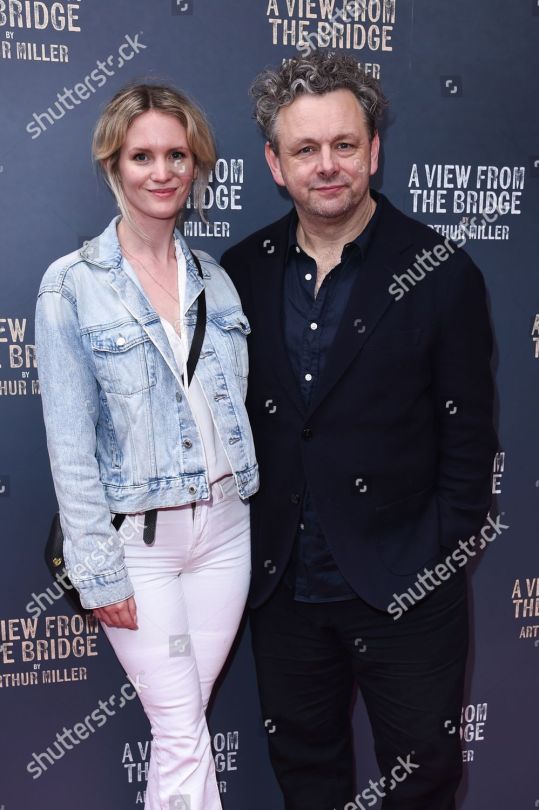
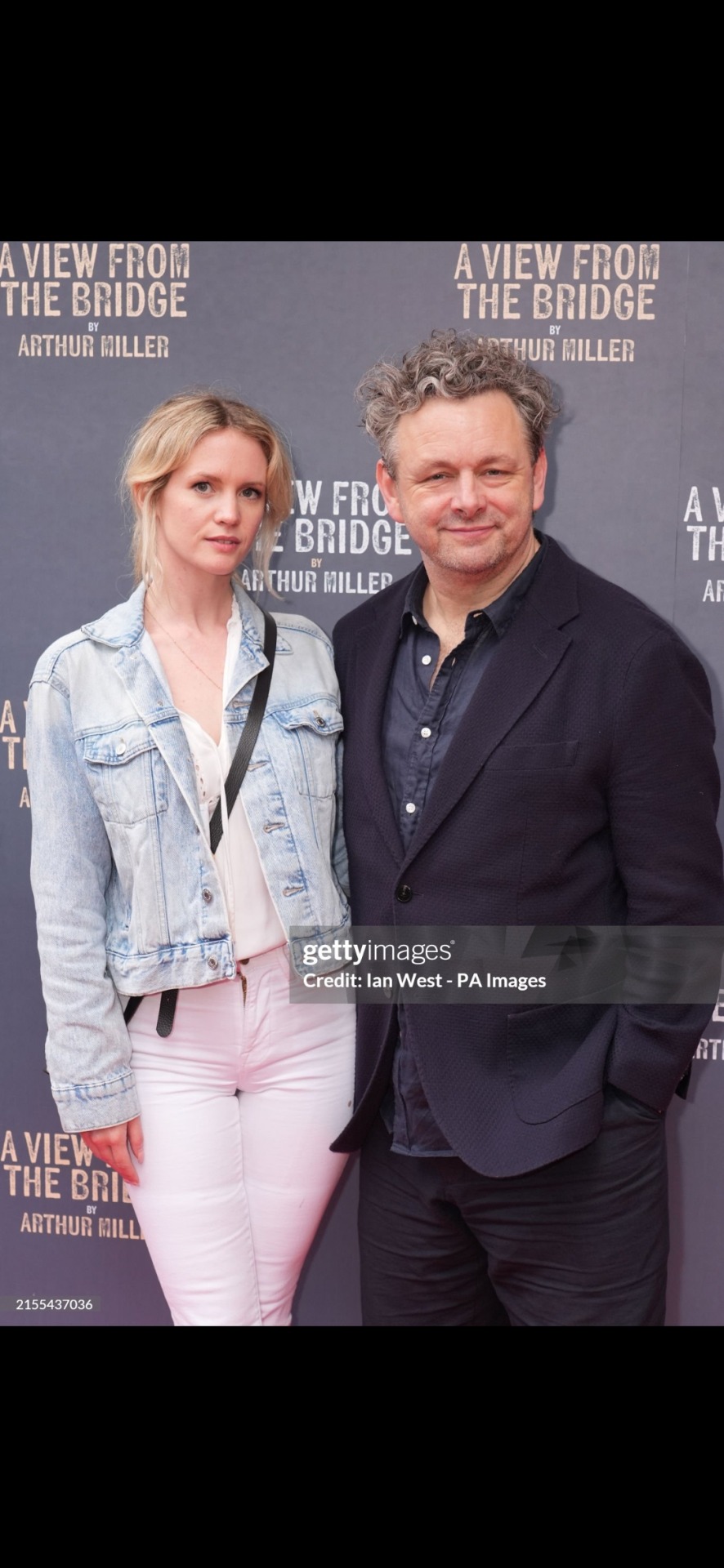
I find these very awkward just cos there no smile coming from both of them at all which make me think something isn't right with recent events that happen also something defo brewing cos here it look like they undercomforable and doesn't look like neither Arms are around each other neither. This defo looks cringe cos literally no smile from either since recent events that happen
I will use this as an update to this post from earlier, to clarify that it seems Michael was at A View From the Bridge tonight, rather than Kiss Me, Kate.
It turns out that Callum Scott Howells (who played Owen in Michael's directorial debut, The Way) was in the play, and I'm going to put up a few pictures of Michael with Callum and Dominic West that pretty much say it all:
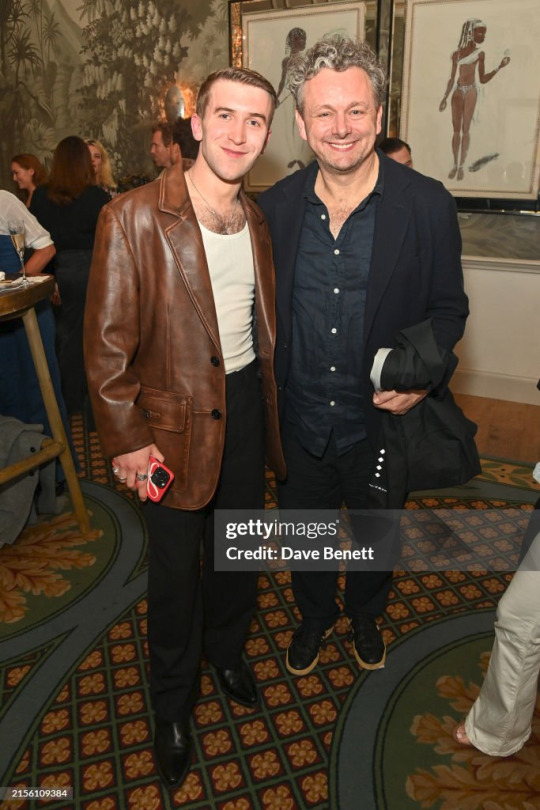


The last one is a particular favorite for oh-so-many reasons (hello, arms, and also twink/Daddy vibes...), but I'm just sort of floored at the difference between these pictures and the pictures with Anna. If people are unwilling to see that difference/how unhappy they both seem at this point--to where neither Michael nor AL look like they're even trying in these pics--I'm not sure what else can really be said.
All I can say is that Michael's face is visibly lit up in the picture with Dominic and the pictures with Callum, which makes it more noticeable when his face is not lit up otherwise. And I know we could say there are a hundred reasons why he looks so sullen in the first set of pictures (he's tired, travel issues, etc.), but what takes this into the realm of purposeful for me is seeing him with the other people at the after party. I think Michael is an incredibly good and talented actor, but when he's being himself, he is never going to pretend to feel something he doesn't feel, or to pretend not to feel something that he does. And that seems clearer than ever in these pictures.
Could I be completely wrong about all of this? Of course. But I'm hard-pressed to see how anyone can keep ignoring what is plainly right in front of us, and has been for some time. I'd be glad to hear from my followers as well with your thoughts...
#bella6667#reply post#michael sheen#welsh seduction machine#a view from the bridge#that last picture though#there is no heterosexual explanation for this#oh Michael#bless his bisexual Welsh chaos#i honestly feel bad for both her and him here#because these are just not good pictures#but i will leave it to my followers to make up their own minds#theatre royal haymarket#anna lundberg#relationships#discourse
74 notes
·
View notes
Text
I'm in love with Sarah Snook

#sarah snook#the picture of dorian gray#west end#London#Theatre Royal Haymarket#I'm in love#She's so tiny#And so nice
14 notes
·
View notes
Text
Hurry Up and Wait
WAITING FOR GODOT Theatre Royal Haymarket, London, Wednesday 25th September 2024 Long before I read this play during the first year of my Drama degree, I encountered an artistic expression of alienation from existence. I’m talking about the vultures in Disney’s The Jungle Book (1967). These mop-topped scavengers have a scene in which they struggle to find something to fill their time. “What…

View On WordPress
#Ben Whishaw#Ellis Pang#Jonathan Slinger#London#Lucian Msamati#review#Samuel Beckett#Theatre Royal Haymarket#Tom Edden#Waiting For Godot
6 notes
·
View notes
Text
A View from the Bridge (West End) Review

View On WordPress
#A View from the Bridge#Arthur Miller#Callum Scott Howells#Dominic West#Kate Fleetwood#Lindsay Posner#London#Martin Marquez#Mia Towle#Pierro Niel-Mee#Play#Theatre#Theatre Royal Haymarket#TodayTix#West End
2 notes
·
View notes
Text
The man who has broken the code. Alan Turing is one of Derek’s most memorable portrayal. Emotionally intense. Turing should have been a hero of his time. He was finally a victim of Intolerance. He has contributed to save mankind. And mankind has betrayed him. What Derek did here is more than an artistic performance. It is also a personal tribute to a great man. He has highly contributed by his talent to put Turing’s work and life into light and given him the recognition that he deserved (photo : Martha Swope)
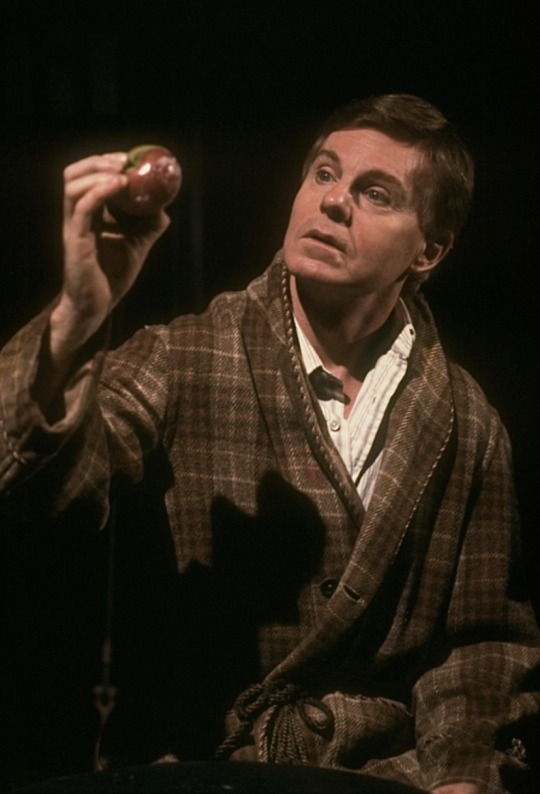
#derek jacobi#alan turing#the turing test#turing machine#lamachinedeturing#breaking the code#broadway#theatre royal haymarket#guilford#enigma#bletchley park#great british actors#british legends#british theatre
14 notes
·
View notes
Text
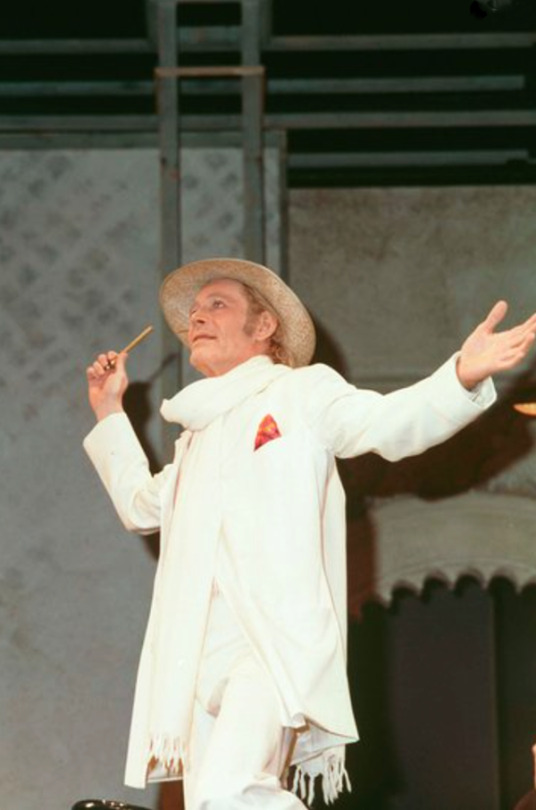
Man and Superman directed by Patrick Dromgoole Theatre Royal Haymarket, London 1982
Peter O'Toole as Jack Tanner
4 notes
·
View notes
Text
Succession's Sarah Snook heads to the West End
Sarah Snook, best known for playing Shiv Roy in Succession, is returning to the London stage at the start of 2024. Continue reading Untitled

View On WordPress
1 note
·
View note
Text
From @whishawupdates:
Pre-Sale now open for WAITING FOR GODOT.
In Theatre Royal Haymarket 13th September - 14th December 2024.

12 notes
·
View notes
Text


VENUS IN FUR (2017) ↴ Natalie Dormer as Vanda Jordan and David Oakes as Thomas Novachek perform on stage during a performance of 'Venus In Fur' at Theatre Royal Haymarket on October 12, 2017 in London, England.
#period drama royalty !! my parents are parenting !!!#i'm soooo normal actually#why are they so gorgeous i can't do this#natalie dormer#david oakes#ndormeredit#doakesedit#celebedit#flawlesscelebs#brunettessource#theatreedit#glamoroussource#venus in furs#popculturesource#popcultureds#gameofthronesdaily#gotcastedit#nataliedormeredit#davidoakesedit#by jen
71 notes
·
View notes
Text




Judi Dench and Maggie Smith during rehearsals for the play 'The Breath of Life' at the Theatre Royal Haymarket in London., 2002.
66 notes
·
View notes
Text
ൃ ̮͡𑁍ུ 𝐓𝐨𝐦 𝐇𝐢𝐝𝐝𝐥𝐞𝐬𝐭𝐨𝐧 𝐓𝐞𝐚𝐜𝐡𝐢𝐧𝐠 .
I saw the announcement last night that Tom is going to be teaching his own masterclass about acting, with the focused piece being Much Ado About Nothing.
I'm so incredibly happy for him. He has spoken many times over the years about how he would love teaching, and I think him getting to provide knowledge of his skills alongside a work of Shakespeare is phenomenal: he is so talented at it and a long time lover of it.
He truly shines on that stage as Benedick. He shines in all of his roles. And, he shines as a person. We're so lucky to be his audience. Tom has always been the kind of person to give back to the community around him, and this masterclass is just further proof of that characteristic.
So incredibly proud of him. I can't stop the beaming smile from ear to ear on my face every time I think about it. Go Teacher Tom! 𖹭
8 notes
·
View notes
Text
Window on the World
ACCIDENTAL DEATH OF AN ANARCHIST Theatre Royal Haymarket, London, 29th July 2023 In 1970, Dario Fo and Franca Rame presented this masterpiece in response to the real-life death by defenestration of a railway worker while in custody of Italian police. Now revived for the London stage in this new adaptation by Tom Basden, the issues raised by the play could not be more pertinent. You only have…
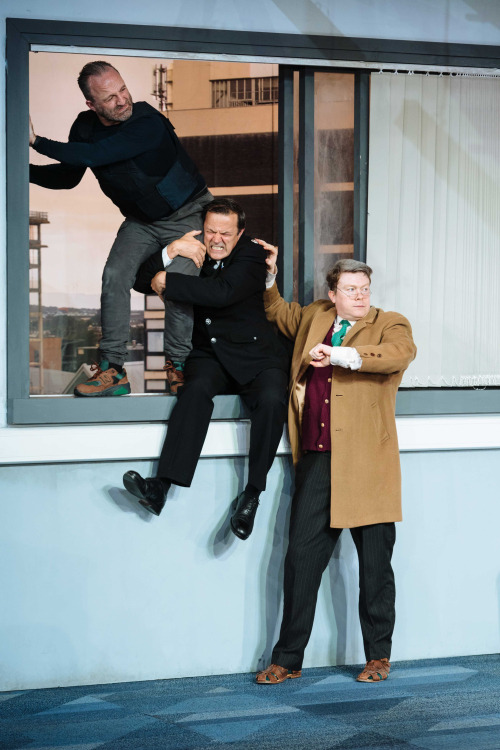
View On WordPress
#Accidental Death of An Anarchist#Daniel Raggett#Daniel Rigby#Dario Fo#Franca Rame#Mark Hadfield#review#Ro Kumar#Ruby Thomas#Theatre Royal Haymarket#Tom Andrews#Tom Basden#Tony Gardner
0 notes
Text
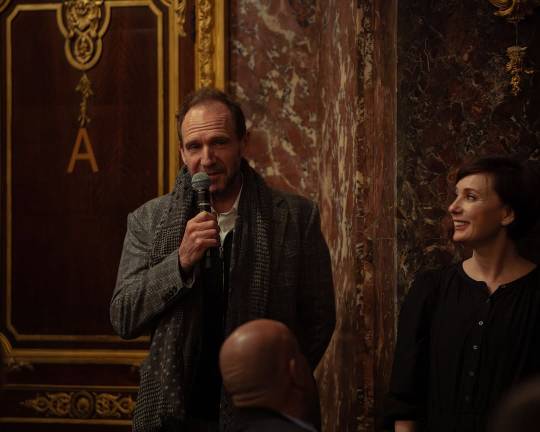


Ralph Fiennes attends the charity performance of the play "Healing" at The Royal Haymarket Theatre on January 20, 2025 in London
📸 lyuba.galkina
8 notes
·
View notes
Text




A Selection of Douglas Rain as Hadrian VII
Sources: - Leonard Burt/Central Press/Hulton Archive, 4 Nov 1968 - Theatre Royal Haymarket Programme, 1969 - Monroe Evening Times, 18 Nov 1968 - Winnipeg Free Press, 28 Dec 1968
#douglas rain#hadrian vii#photo evidence#putting all existing pictures of the man in this role (that i've been able to find) in one place for fun <3#Look At Him Please
6 notes
·
View notes
Text

Man and Superman directed by Patrick Dromgoole Theatre Royal, Haymarket, London 1982
Peter O'Toole as Jack Tanner
4 notes
·
View notes
Note
Similar to your Sheen/Tennant dilemma I will be trying my hardest to get same-day Macbeth tickets for October 5th and if I can’t I’ll be walking two steps over to the royal Haymarket theatre to see Waiting for Godot…I’d consider it a win-win situation at least 🤷♀️
Very mature of you but unfortunately if i don't get to see michael sheen perform this acclaimed play by one of the greatest playwrights from my home country I will not view it as a win win. I will behave very badly. I will not be held responsible for my actions.
13 notes
·
View notes